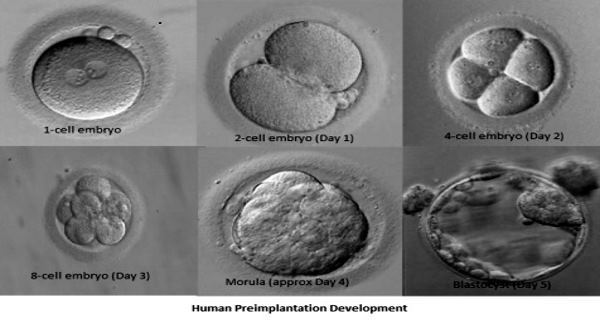Predicting which embryos will lead to live birth
I was recently reading an article on blastocyst appearance before embryo transfer and live birth outcome in a publication by the European Society of Human Reproduction and Embryology (ESHRE). The article discussed some research undertaken where the scientists looked at blastocyst appearance; in particular the appearance of the trophectoderm and inner cell mass (ICM) and the degree of blastocoele expansion. First let’s explain what this all means.
Blastocyst-stage embryos have reached the end of their preimplantation development. To get there they started off as fertilised 1-cell embryos which divided into 2 cells, then 4-cells etc. until eventually they reached approximately 100 cells. They passed through various stages during their development finally reaching a stage where there are two distinct cell types.
One of the cell types is called the trophectoderm and that is found surrounding the outer part of the embryo. This will eventually develop into the placenta.
The other cell type is called the inner cell mass. That is what will develop into the embryo proper (foetus).
Inside the embryo there is a fluid –filled cavity called the blastocoele. Eventually the blastocyst will reach a point where it will escape from the protective “shell” called the zona pellucida and implant in the womb.
The researchers in the study looked at these three aspects of the blastocyst embryo and how each had an effect on pregnancy outcome. In particular they found that the appearance of the trophectoderm cells was the most important predictor of live birth. This was surprising as most people would predict that the state of the ICM was the most important cell type for successful outcome. Therefore, the embryologist may consider choosing an embryo which has a grade A trophectoderm and a grade B ICM in preference to prioritising embryos with a grade A ICM for transfer. Or at least not be afraid of transferring embryos with a lower grade ICM but a top notch trophectoderm.
The embryologist will use all their skill and knowledge to make the best decision about which embryo to choose for transfer. For those clinics without time-lapse imaging, this information may actually help the IVF team in their decision-making.
Find out which IVF clinics abroad use embryo monitoring.




